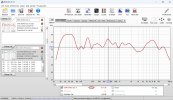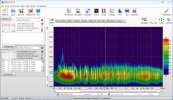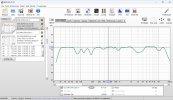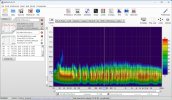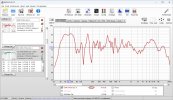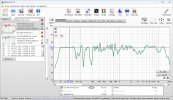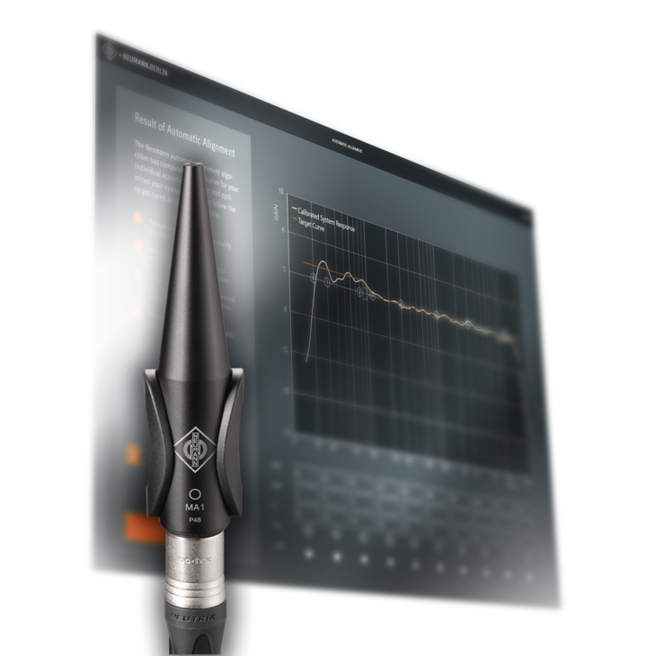syn08
Senior Member
Ok, so I said I'll give miniDSP and REW a chance to improve my main system. Got a miniDSP Flex, an UMIK-2 microphone, set up REW with the UMIK calibration file (vertical position), in general everything was done by the book. Level at about 75dB (calibrated with my Lutron Sound Level Meter), did the measurement in the listening position (attached as BDRM...jpg). EQ for full range speakers (no subwoofer, my giant Infinity towers have each 2x12" woofers) Used the calculated target level, 20Hz LF cutoff, 20Hz-20KHz match range, for the purpose of EQ, the measurement was var smoothed (don't ask me why, I just thought that would be right). The result are attached as BDRM EQ...jpg.
Filters were saved and imported in miniDSP Flex. Processed the results (same for both channels), saved the configuration, and now was time for some listening...
Intuitively, the 1/3 octave smoothed EQ results seem logical and pretty good, room modes are also there (attached are also the 1/12 octave smoothed measurements). There is one problem though... Except for the first filter (attenuting the LF response) I can't hear a damn of a difference when bypassing the filters.
1. Does the EQ look "good" (whatever that means)?
2. Is this the expected result (in terms of SQ) but I am too old and deaf to hear an improvement? Perhaps a youngster could hear more (I'm about to summon my daughter and her hubby)?
3. Or did I foolishly spent a nice amount of SQ fluff?
Filters were saved and imported in miniDSP Flex. Processed the results (same for both channels), saved the configuration, and now was time for some listening...
Intuitively, the 1/3 octave smoothed EQ results seem logical and pretty good, room modes are also there (attached are also the 1/12 octave smoothed measurements). There is one problem though... Except for the first filter (attenuting the LF response) I can't hear a damn of a difference when bypassing the filters.
1. Does the EQ look "good" (whatever that means)?
2. Is this the expected result (in terms of SQ) but I am too old and deaf to hear an improvement? Perhaps a youngster could hear more (I'm about to summon my daughter and her hubby)?
3. Or did I foolishly spent a nice amount of SQ fluff?
Attachments
Last edited:

